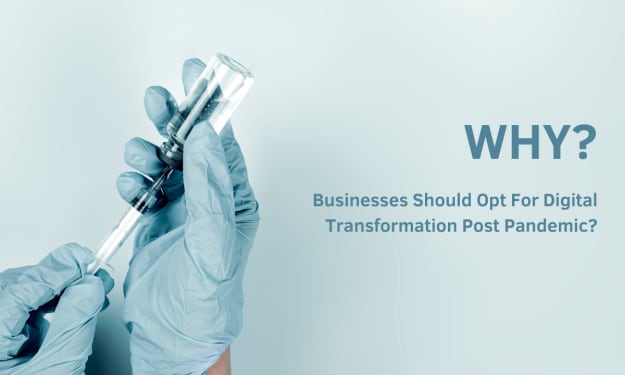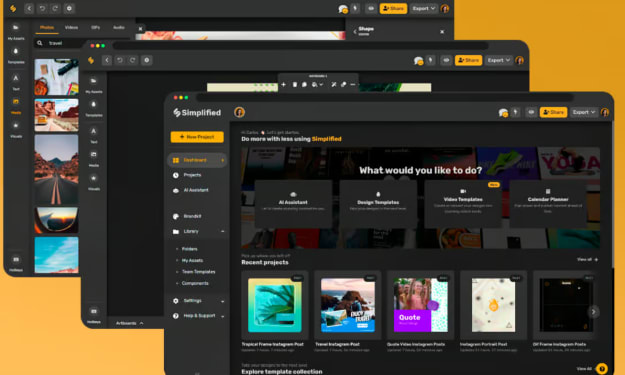Different Type Of Software Testing And Why They Matter?
Easy Software Testing Guide

Software testing, often referred to as application testing, is an undefined process that is somewhat unclear and is a broad term that consists of various interconnected types that test software.
Its main goal is to determine the health of software and completeness concerning the fundamental requirements. This is achieved by identifying variations between input and the expected output, like a validation and verification process.
Software testing aims to identify mistakes, gaps, or unfulfilled requirements about the requirements met.
If a software development project is in progress, it is essential to be aware that there are chances of errors appearing at any stage of the process.
Some of them are always left undiscovered, which is why Quality Assurance cannot be ignored.
8 Types of Software Testing
In terms of the different kinds of testing software, several tests are conducted from the quality control and functional standpoint. The software must pass all of these tests to be approved for use. While it's not possible to cover each test and the intricate details of each test, here is a listing of different types of testing for software and the goals they attempt to accomplish:
1. Unit Testing
Unit tests are generally conducted at a lower scale, near the application's source. These types of tests for software examine the individual processes and the function of modules, classes, or components used by the program.
A programmer often performs them and ensures that the software they've developed produces the desired outputs based on any input. They are inexpensive to automate most of the time, and they can be executed efficiently and continuously with the continuous integration server.
2. Integration Testing
The interplay between hardware and software is examined to determine if both components have any connection. This ensures that your application's various features or services rely on function effectively. These tests can be more costly because they require multiple components that make up the software to be in place and running. Integration tests are also tricky to automatize.
3. Functional Testing
They are specifically designed to verify the result of an operation without looking at the intermediate state of the system as it performs the actions. Functional testing concentrates on the requirements for the business of the application.
It is important to note that there is frequently confusion between integration and functional testing because each requires different parts of the application to be in operation to communicate with one another. The primary distinction in integration testing is the fact that they ensure that the user can query the database. At the same time, functional tests will expect to obtain a specific outcome from the database as per the product's specifications.
4. End-to-end Testing
End-to-end testing ensures that all user workflows work consistently with user behavior in a complete application environment. It can be as easy as opening a web page or logging in or highly complex tasks, such as verifying emails, online payment, etc.
They are naturally highly efficient. However, they can be costly and difficult to maintain when automated. We suggest having a few end-to-end tests and relying on the lower-level (unit or integration) testing.
5. Acceptance Testing
It is often done in conjunction with the customer; the acceptance tests ensure that the product meets specific requirements and functions precisely as the customer expects. Acceptance tests can also be automated to replicate user behavior. However, they require the whole application to be in operation to evaluate the system's efficiency. They also make changes if specific goals are not achieved.
6. Performance Testing
Tests are conducted to determine the system's behavior in the event of a significant load. This kind of testing software comes in various methods to assess the system's reliability, stability, and performance. These tests are not functional and can examine the response time when many requests are made or analyze the system's performance when generating large amounts of information.
7. Smoke Testing
This kind of testing for software is not a complex process but with valid reasons. It's intended to be fast and simple to perform to test the operation of the software. The aim is to make sure that the system's main components work.
Smoke tests can help determine whether expensive tests should be performed just after a new version or deployment to confirm the application's operation within the brand new setting.
8. Exploratory Testing
Once it's all done and dusted, it's time to ask, "Is manual software testing still worth it?" The response is yes and should be used for exploratory testing. As additional features, bug fixes, improvements, etc., will be added to the software, further tests will be required to ensure that all is working well. When these changes are implemented, it is advisable to ensure that they are not incorporated into newer versions.
The most important thing is automation. Writing tests earlier than later could (and must) be a part of your development process, and a quality testing software should test the application to recognize its limitations.
Importance of Software Testing
- Check the software's fundamental capabilities.
- Software is examined for speed, precision, and stability.
- Finds out if there are issues to be resolved.
- You can ensure that your customers are happy by testing their preferences.
- Efficiency and load capacity get enhanced.
- An optimized user experience helps companies increase their reach to their customers.
Many companies use outsourcing teams to complete their projects, including the teams for testing software. In this case, our outsourcing software testing company can be a fantastic resource. Software testing can help create a successful application, and you can get the most value from it.






Comments
There are no comments for this story
Be the first to respond and start the conversation.